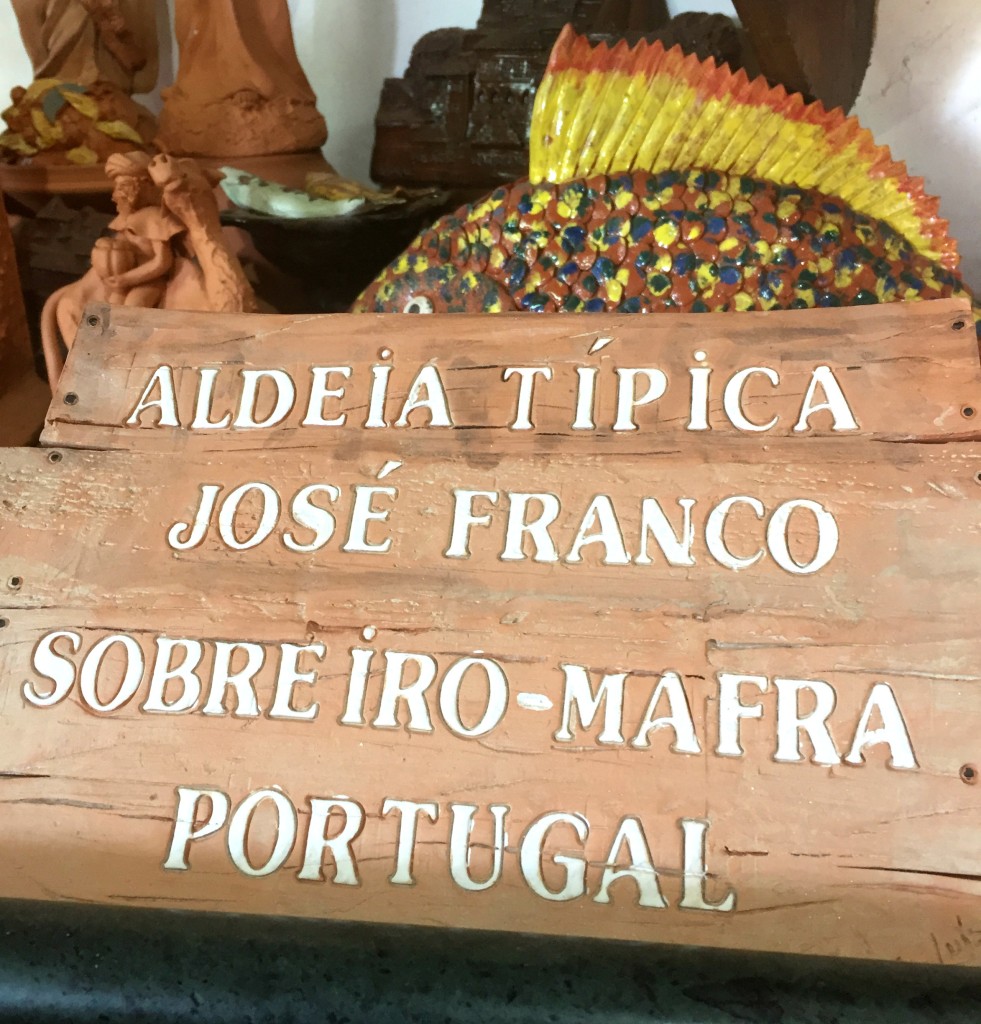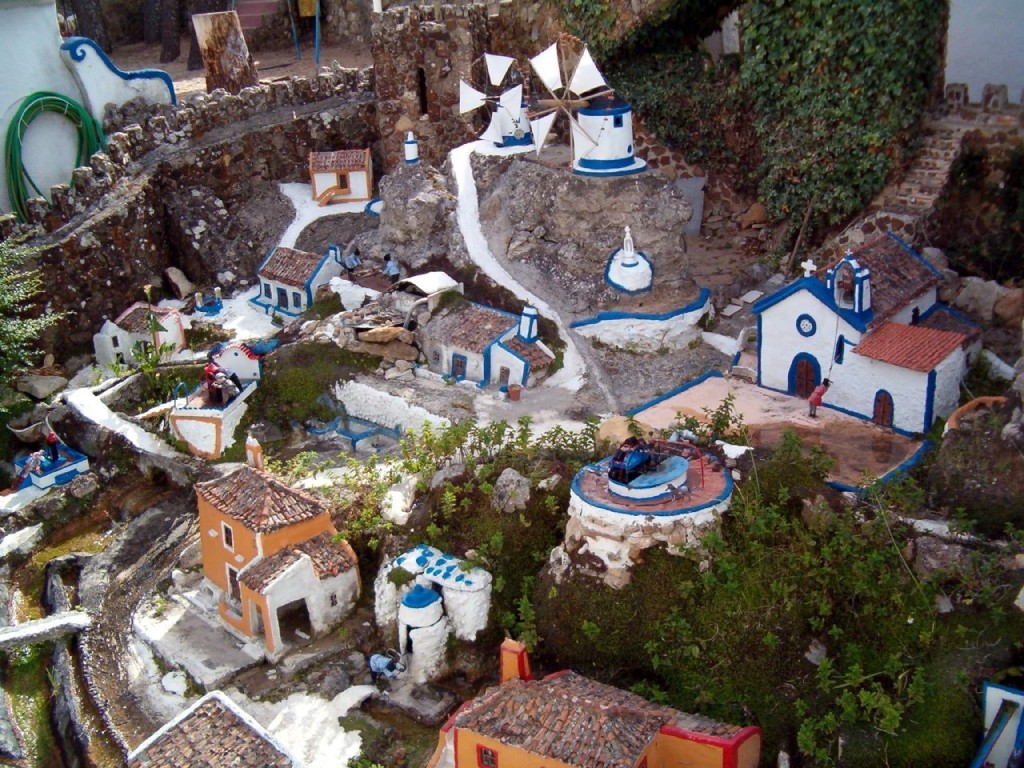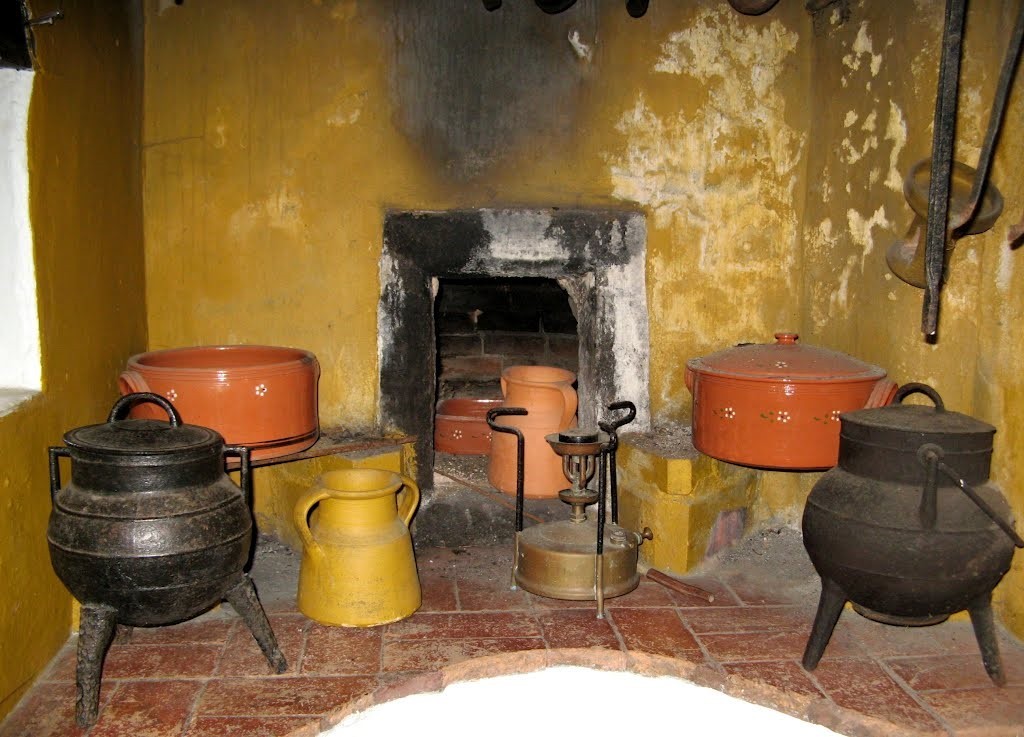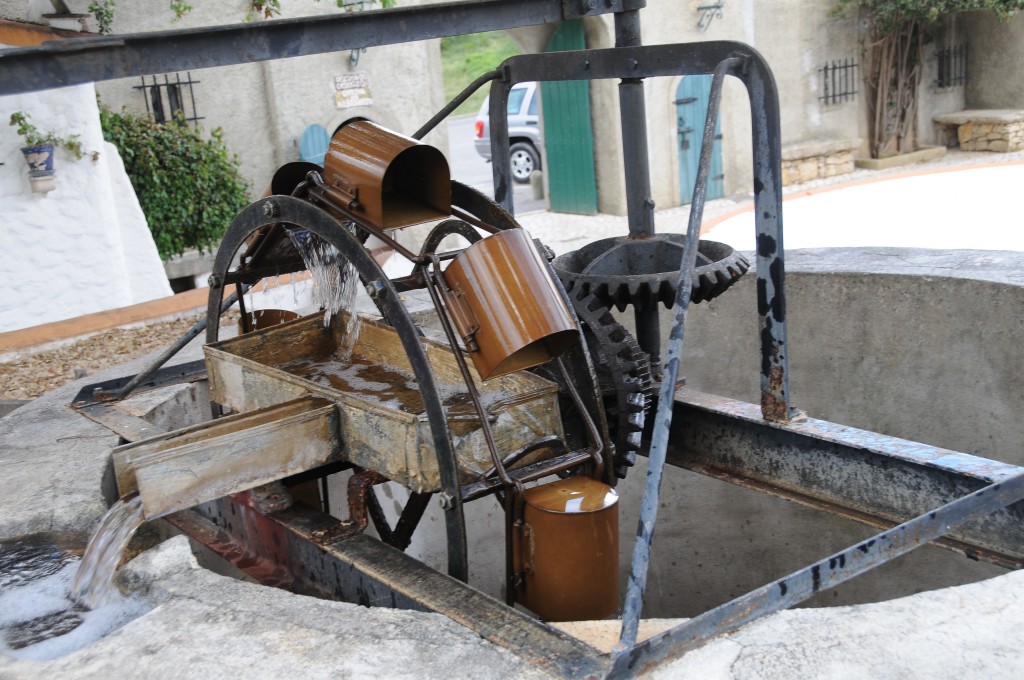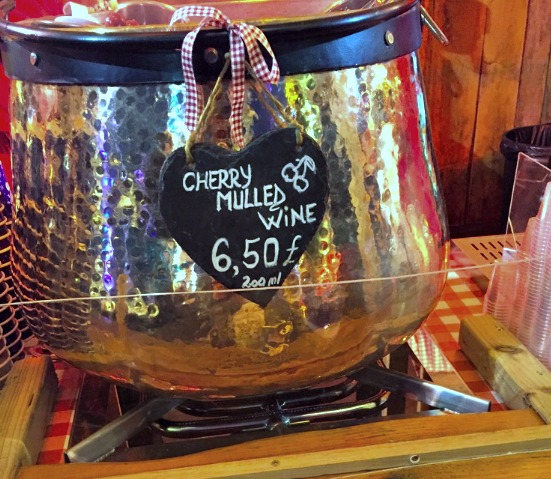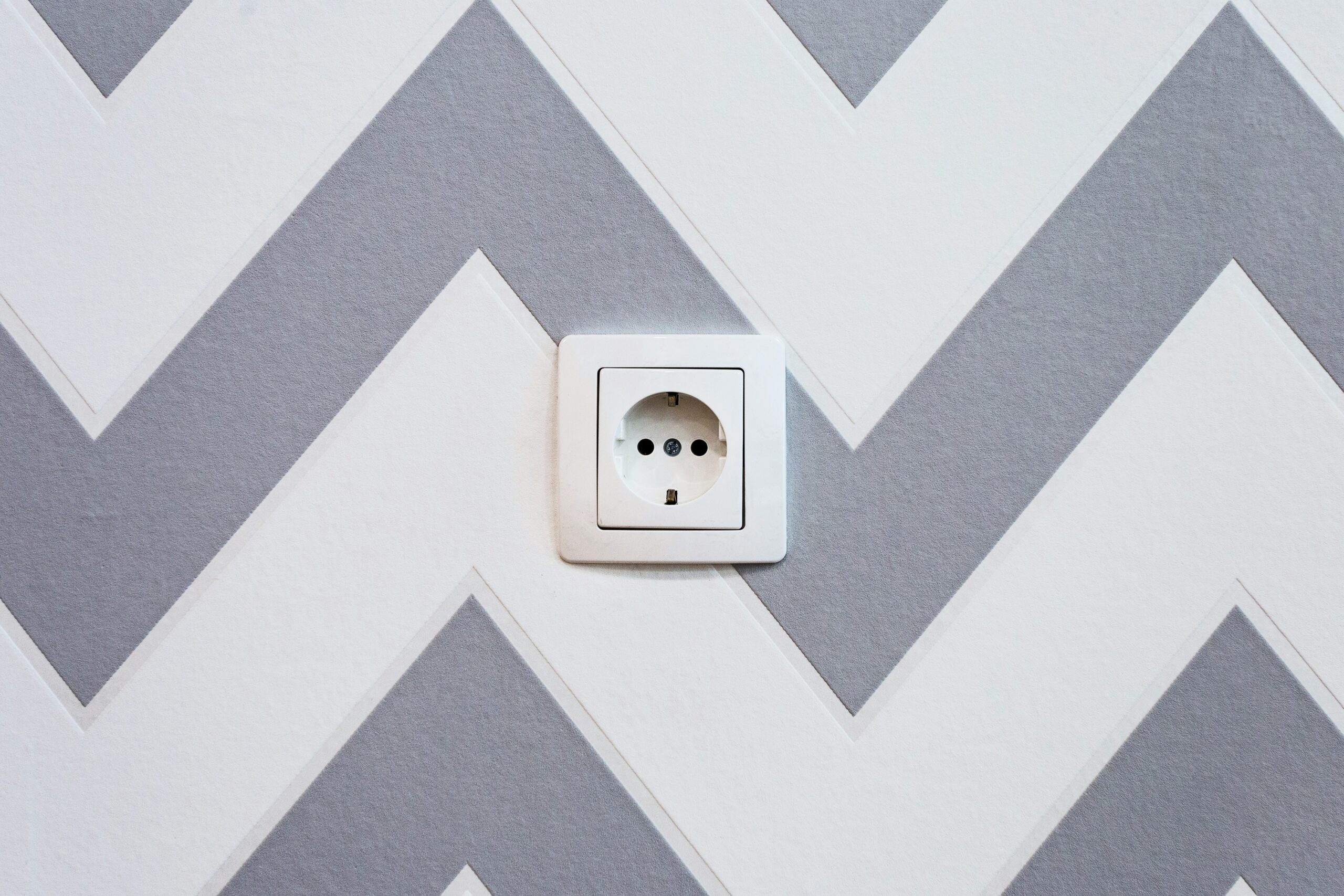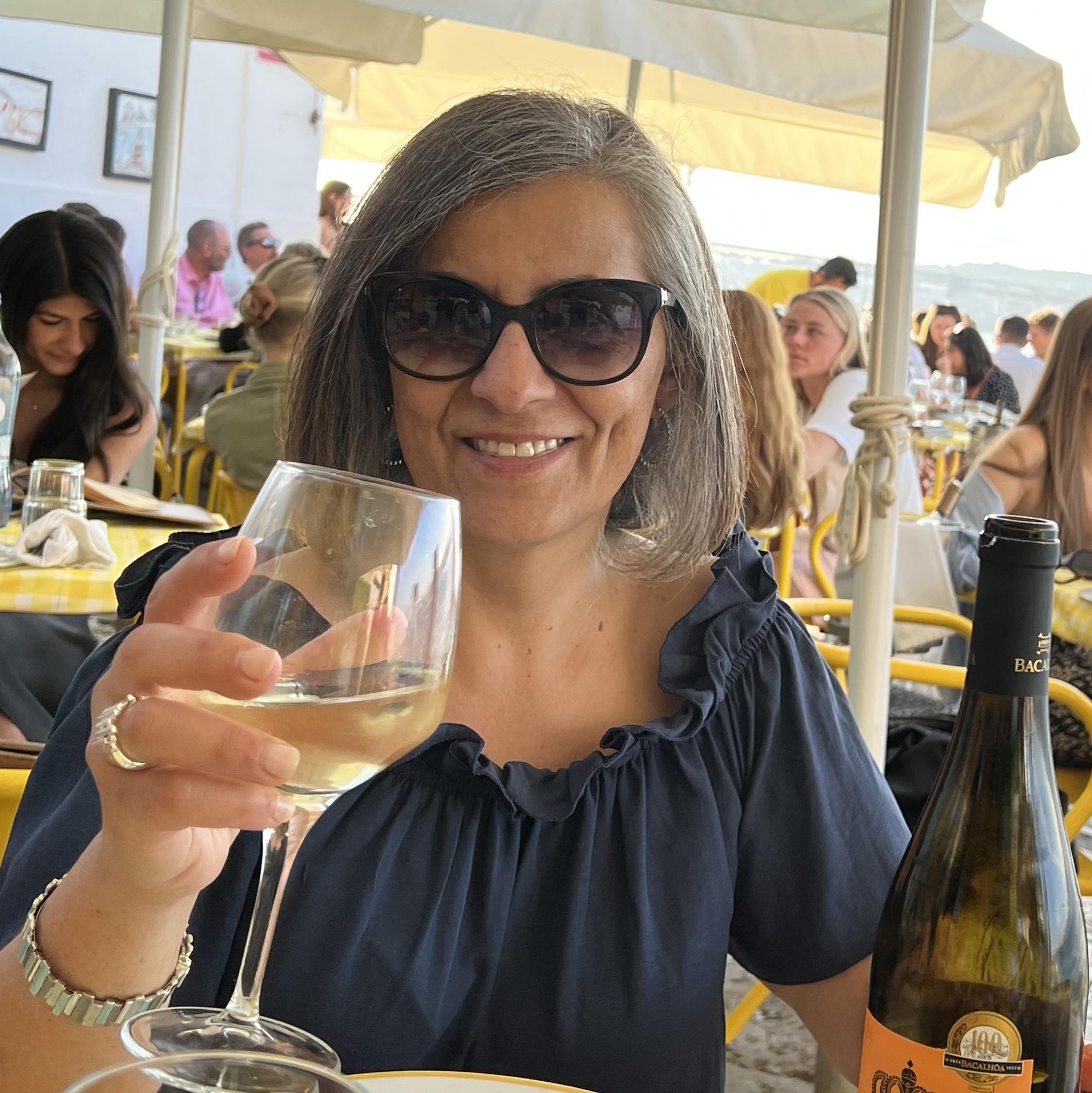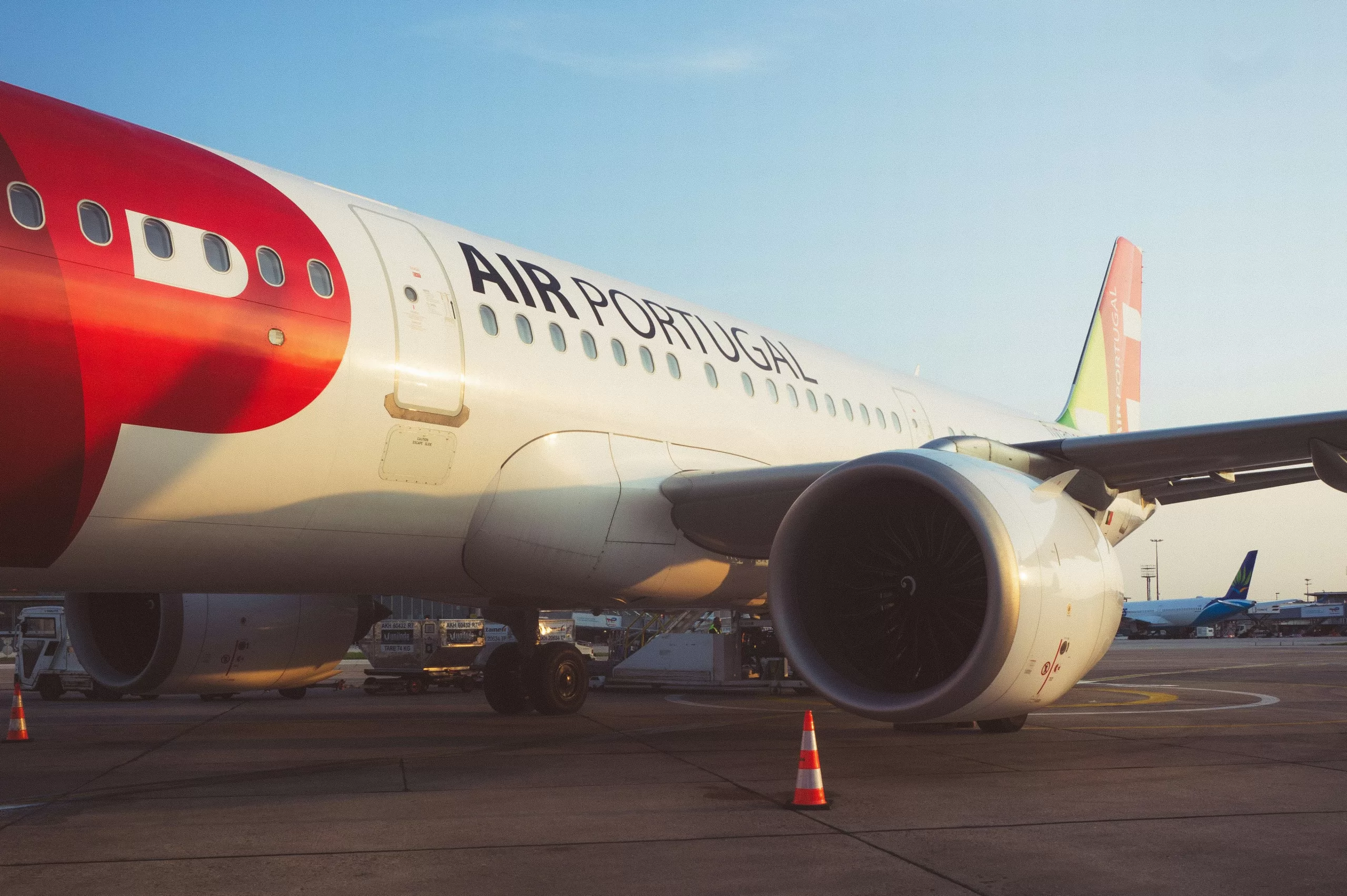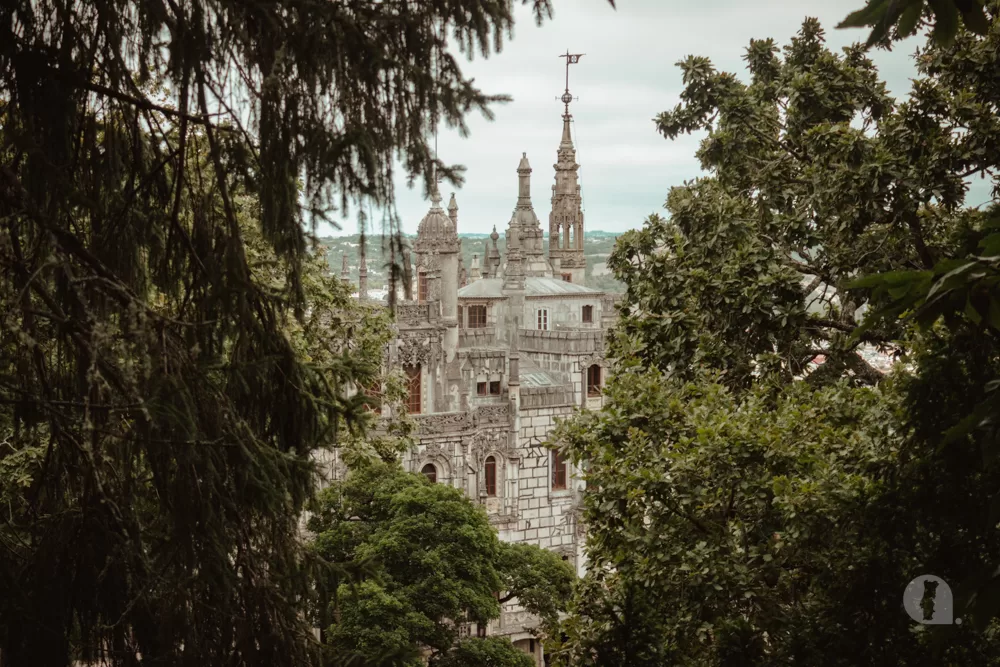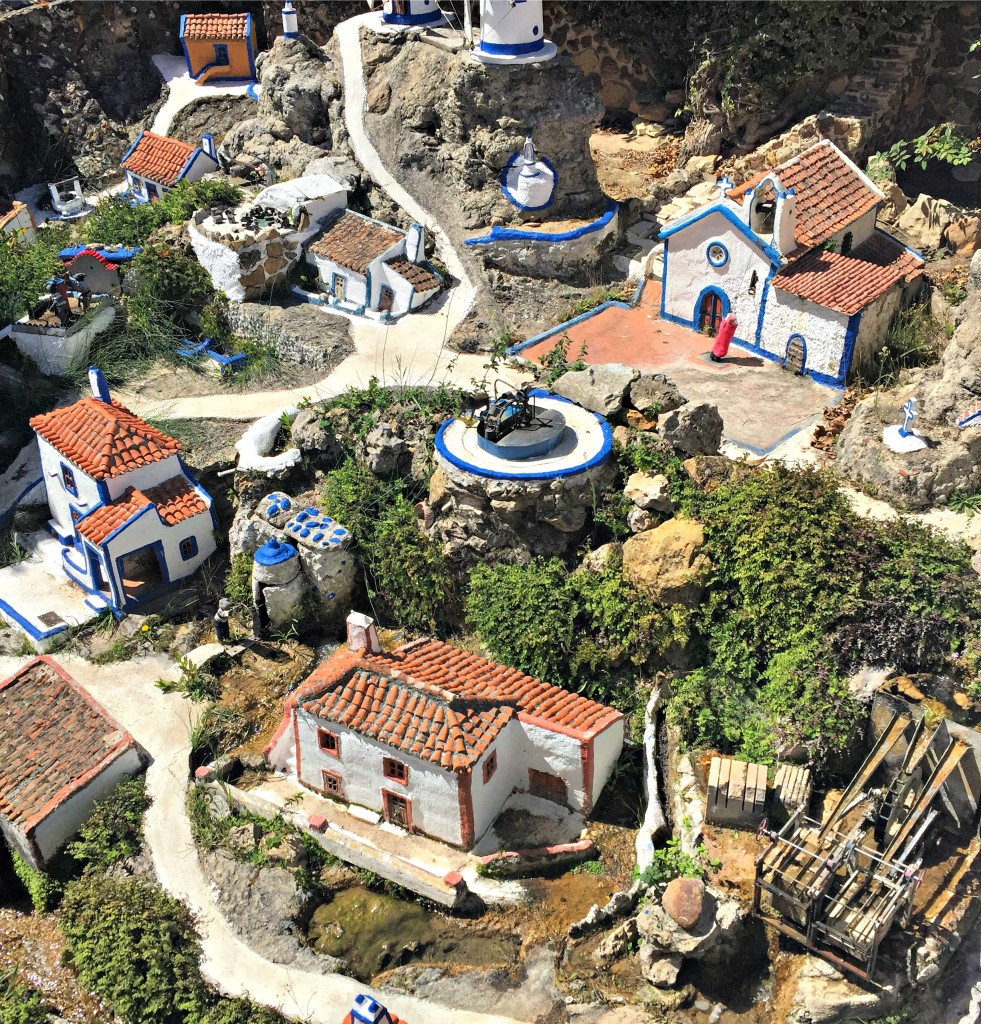
Jose Franco Village Museum – A real family trip to a rural past in Portugal
I was pleasantly surprised to learn that Margaret, in her recent trip to Portugal, visited an open air museum known as the Typical Village of Jose Franco (Aldeia Tipica Jose Franco) situated in the small town of Sobreiro, between Ericeira and Mafra. If you have been to Epcot Theme Park (Walt Disney World) in Florida, this is similar but better. The village is decorated with real objects and running water structures, among many other surprises. An unforgettable family trip.
Jose Franco was a sculptor and a pottery master who in 1945 came up with the idea to build a living museum to show the customs, traditions and labour activities of the Mafra region, his home town. Wanting to preserve a piece of his past, the museum became a labour of love.
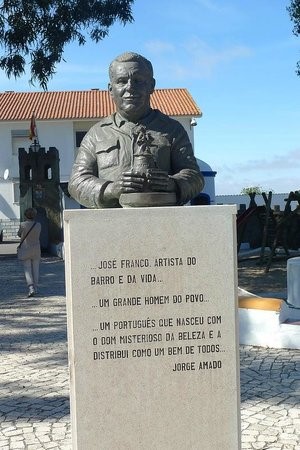 Bust of Jose Franco (Photo credit)
Bust of Jose Franco (Photo credit)
Margaret’s photo
The ethnographic village encompasses a space of about 2,500 m² and reproduces the customs of rural life long gone from the Mafra region. It’s uniqueness is that it presents real objects. A delight for kids and adults alike.
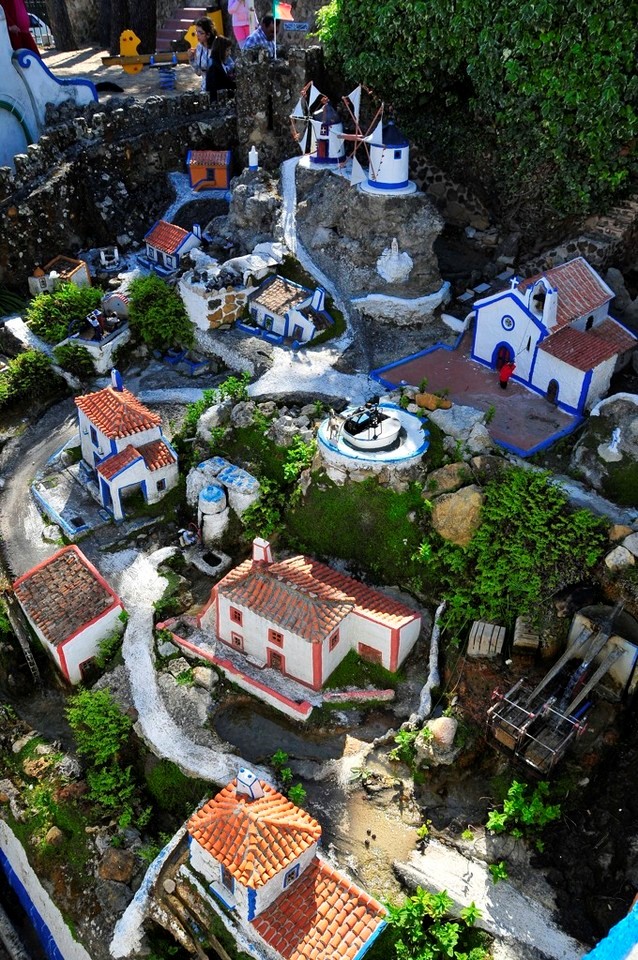 Aldeia Tipica de Jose Franco, Typical Village of Jose Franco (Photo credit)
Aldeia Tipica de Jose Franco, Typical Village of Jose Franco (Photo credit)
A leisurely walk through the village museum and you will find windmills, a chapel, typical home dwellings, a one-room school, grocery store, trade shops and more.
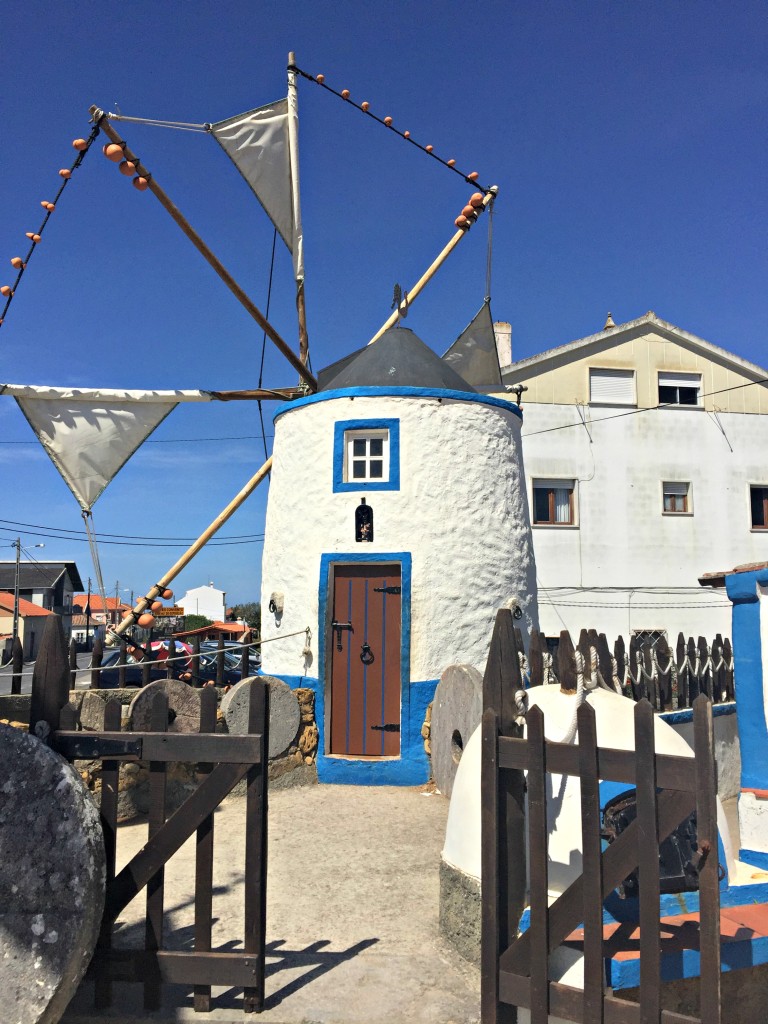 Village windmill to grind wheat (Margaret’s photo)
Village windmill to grind wheat (Margaret’s photo)
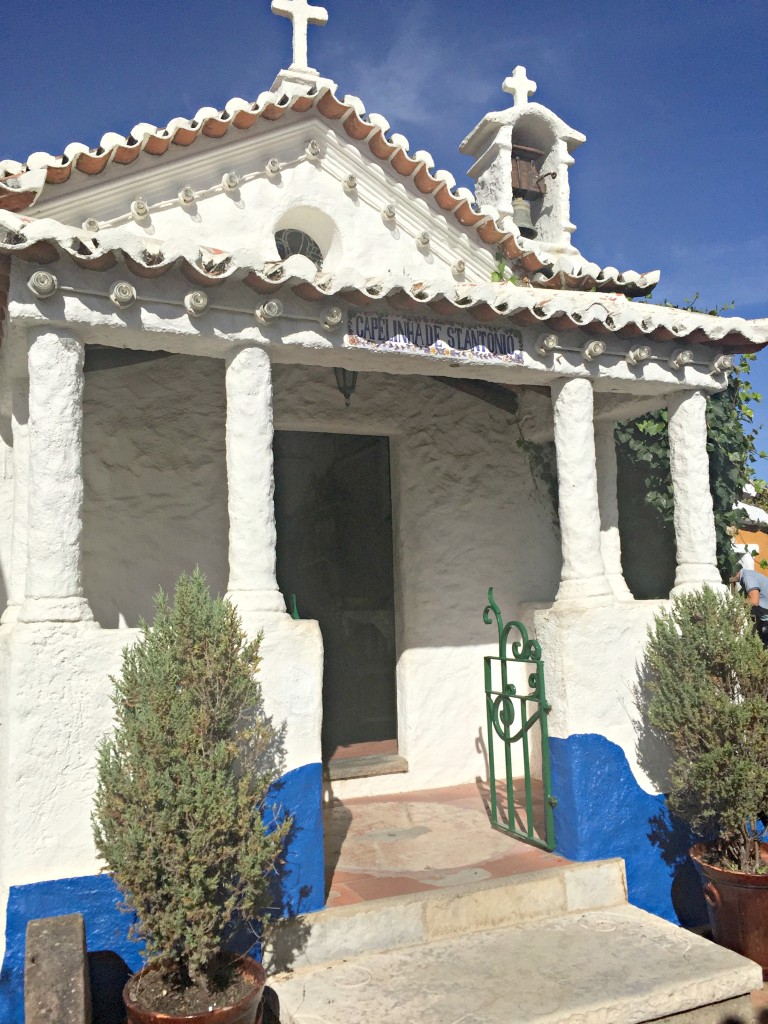 Village chapel under the invocation of St. Anthony (Margaret’s photo)
Village chapel under the invocation of St. Anthony (Margaret’s photo)
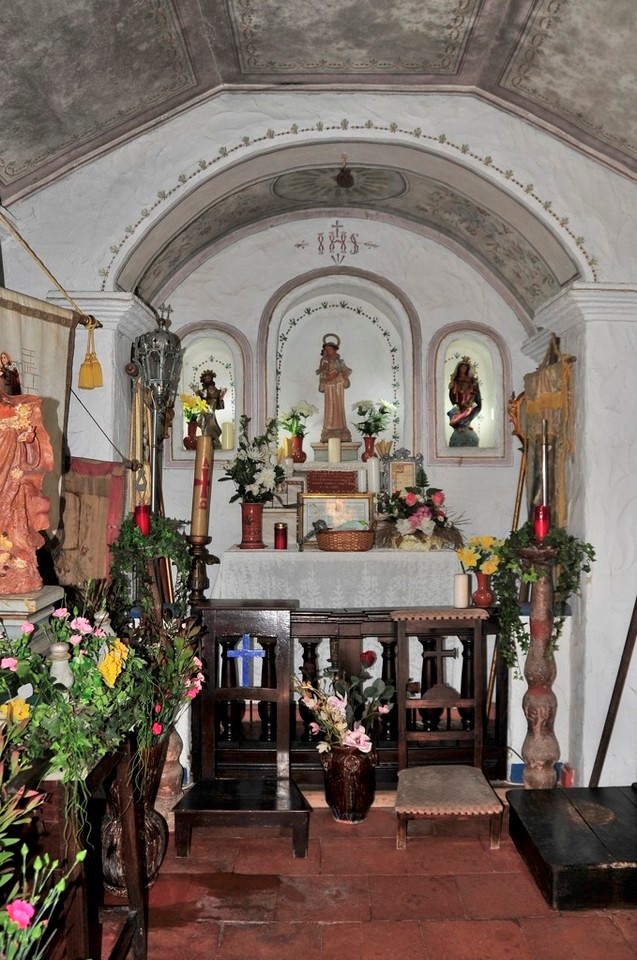 Inside St. Anthony Chapel (Photo credit)
Inside St. Anthony Chapel (Photo credit)
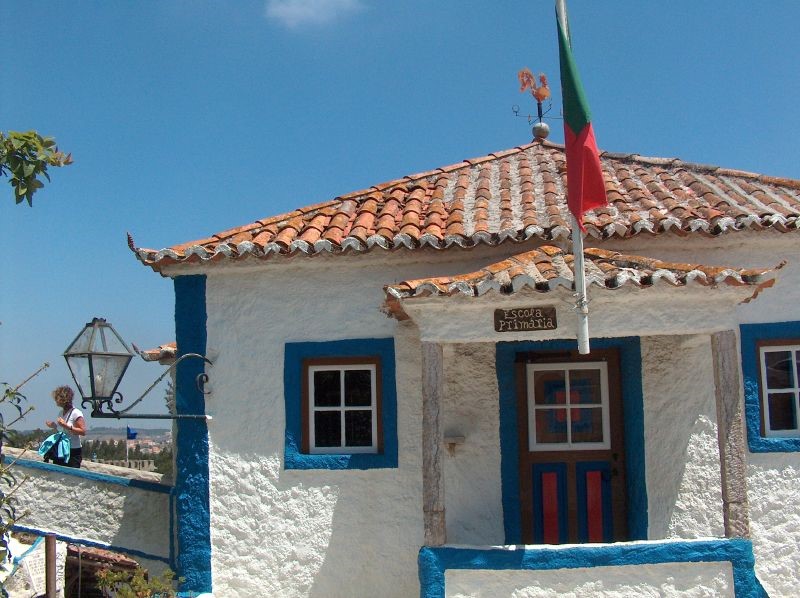 One-room village school (Photo credit)
One-room village school (Photo credit)
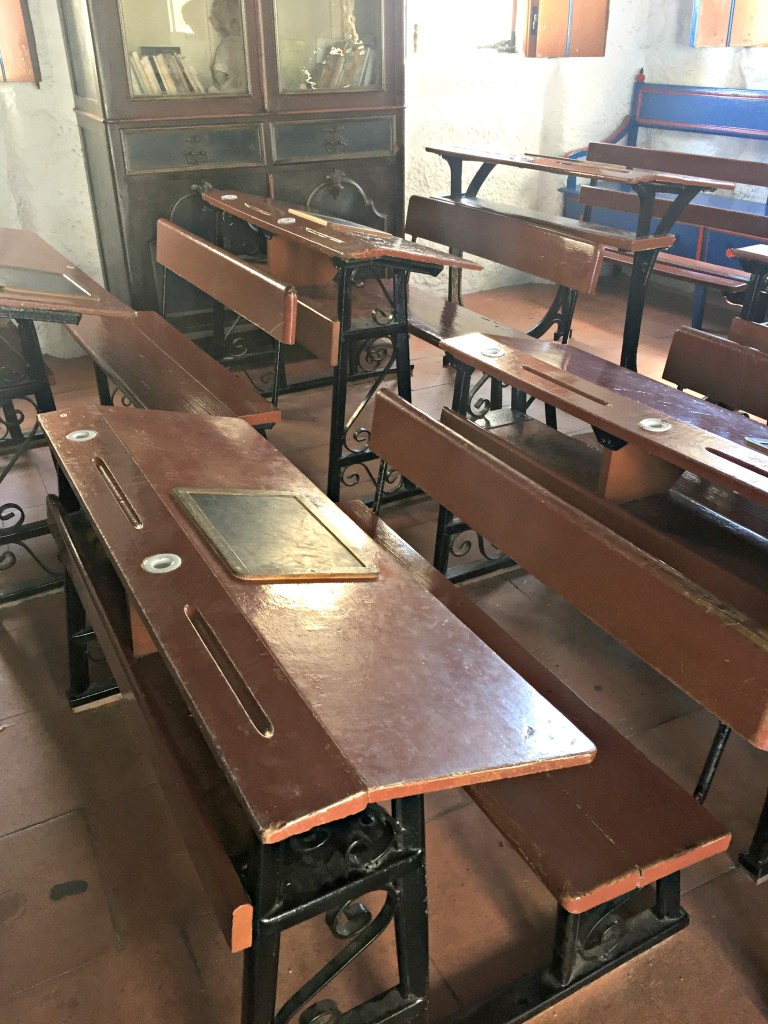 Love the old school desks and chalk slates (Margaret’s photo).
Love the old school desks and chalk slates (Margaret’s photo).
A pathway showcasing typical dwellings and shops.
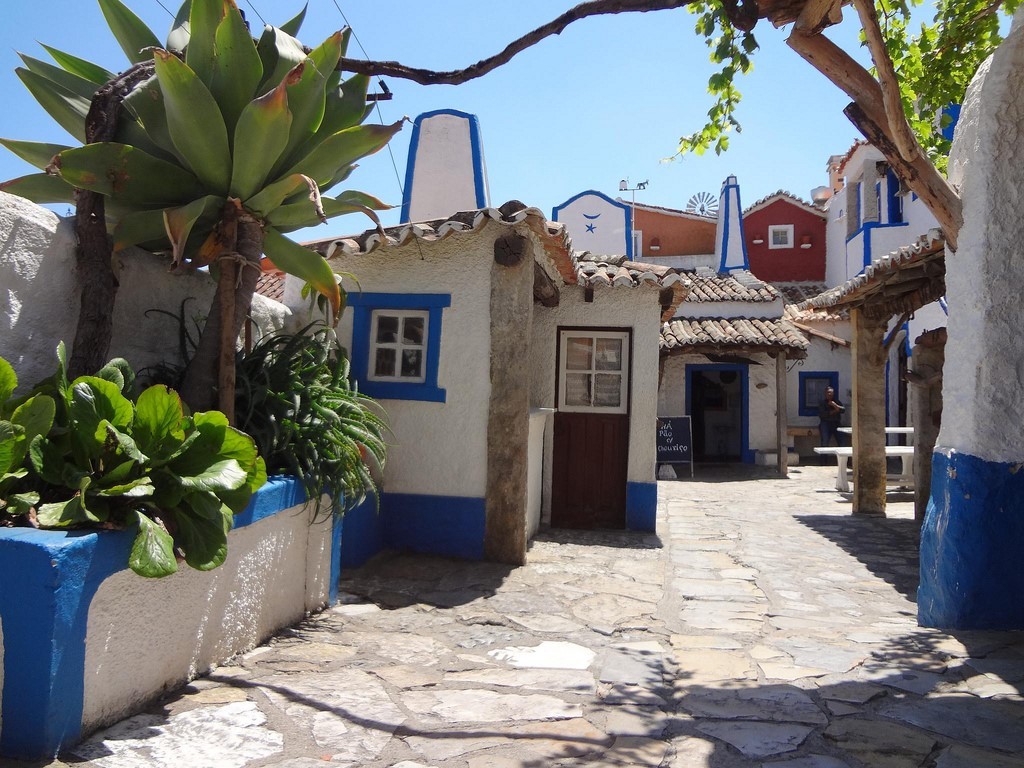 A road of discovery (Photo credit)
A road of discovery (Photo credit)
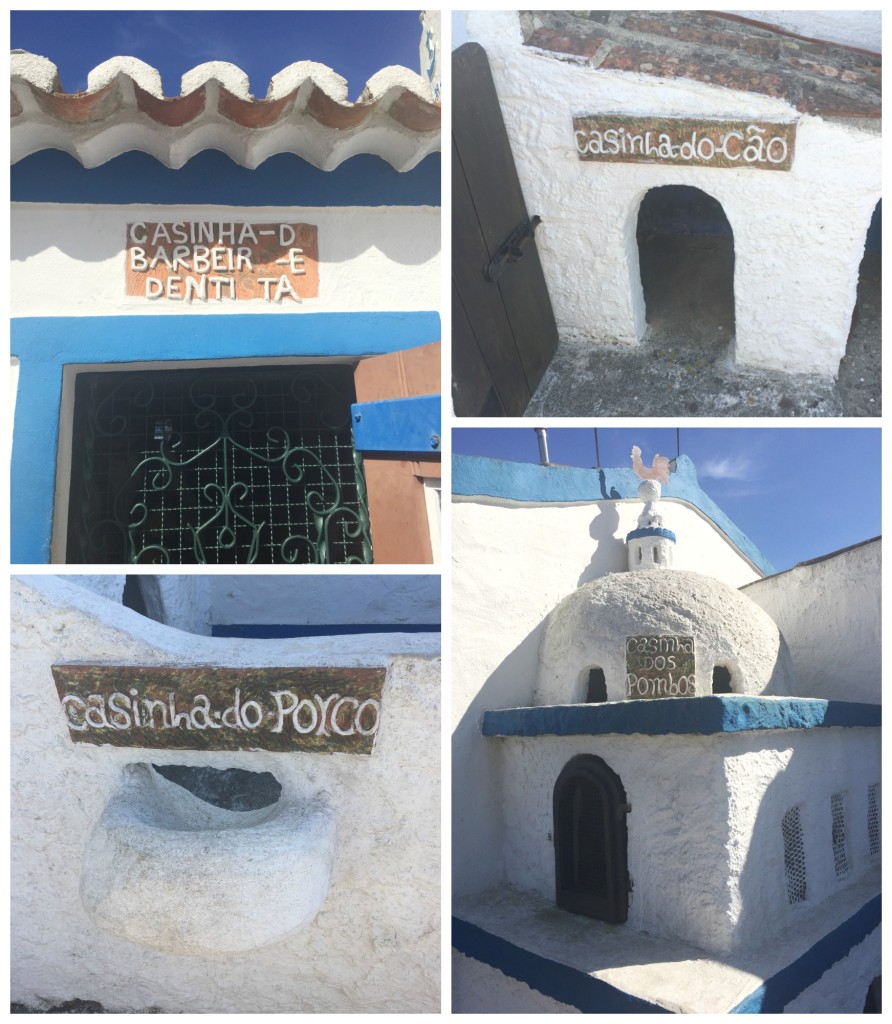 Barber shop and dentist (top left), doghouse (top right), pigpen (bottom left), and dove house (bottom right). [Margaret’s photo]
Barber shop and dentist (top left), doghouse (top right), pigpen (bottom left), and dove house (bottom right). [Margaret’s photo]
Walk inside and you will find displays showing artifacts, trades, and instruments of work from the region.
 Aunt Lena’s traditional store (Photo credit)
Aunt Lena’s traditional store (Photo credit)
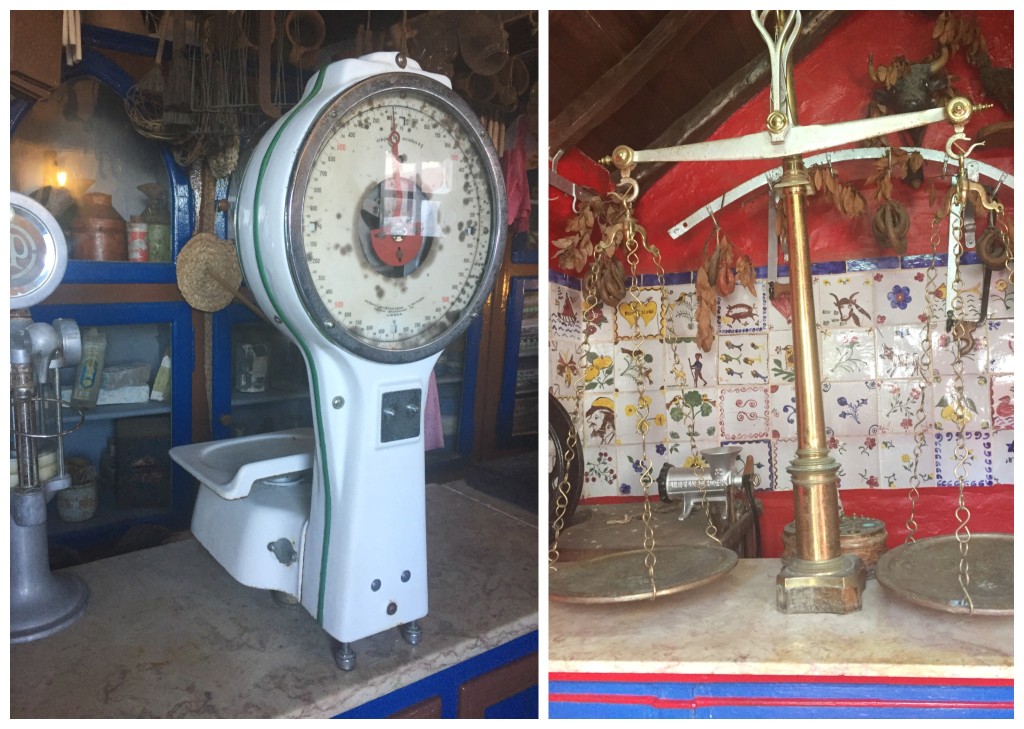 Old time scales (Margaret’s photo)
Old time scales (Margaret’s photo)
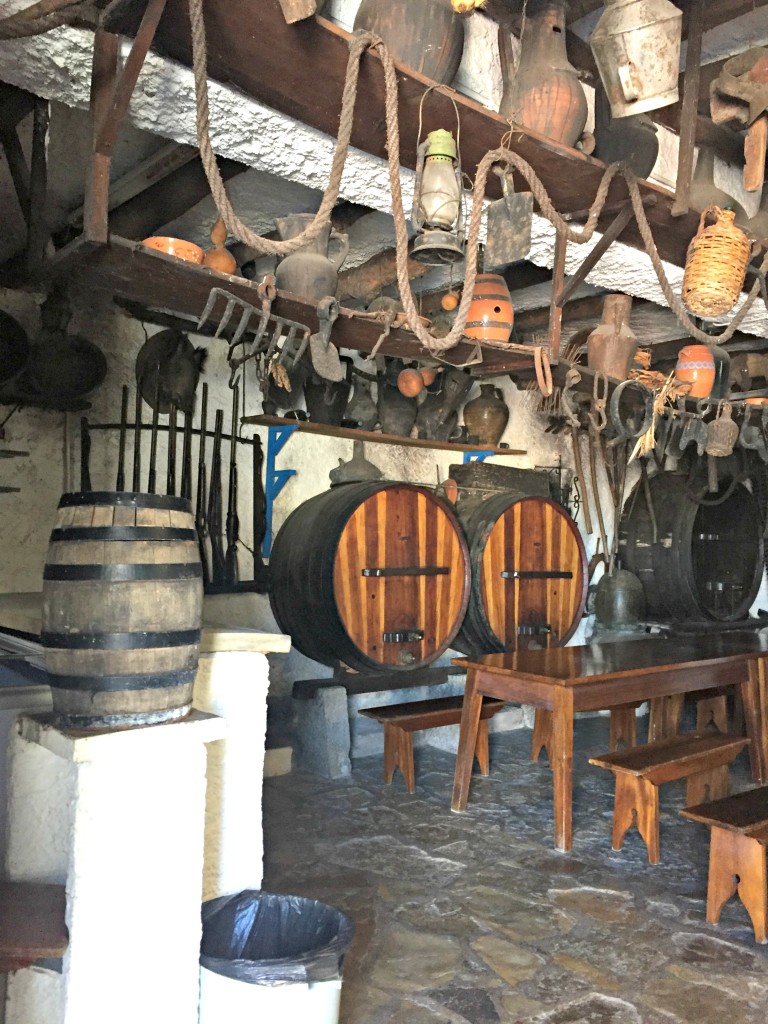 Traditional wine cellar where grapes were crushed and stored in oak barrels (Margaret’s photo)
Traditional wine cellar where grapes were crushed and stored in oak barrels (Margaret’s photo)
Traditional kitchen where local bread was baked in a wood-fired oven (Photo credit)
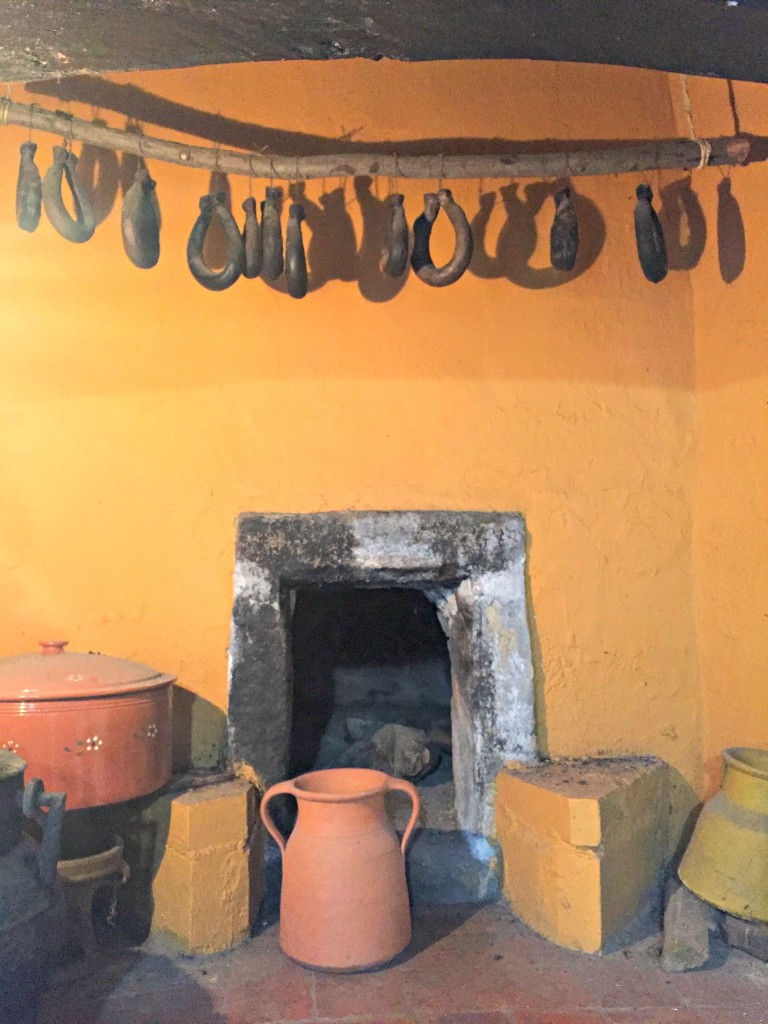 The hanging sausages is a nice touch (Margaret’s photo)
The hanging sausages is a nice touch (Margaret’s photo)
 The carpentry shop (Photo credit)
The carpentry shop (Photo credit)
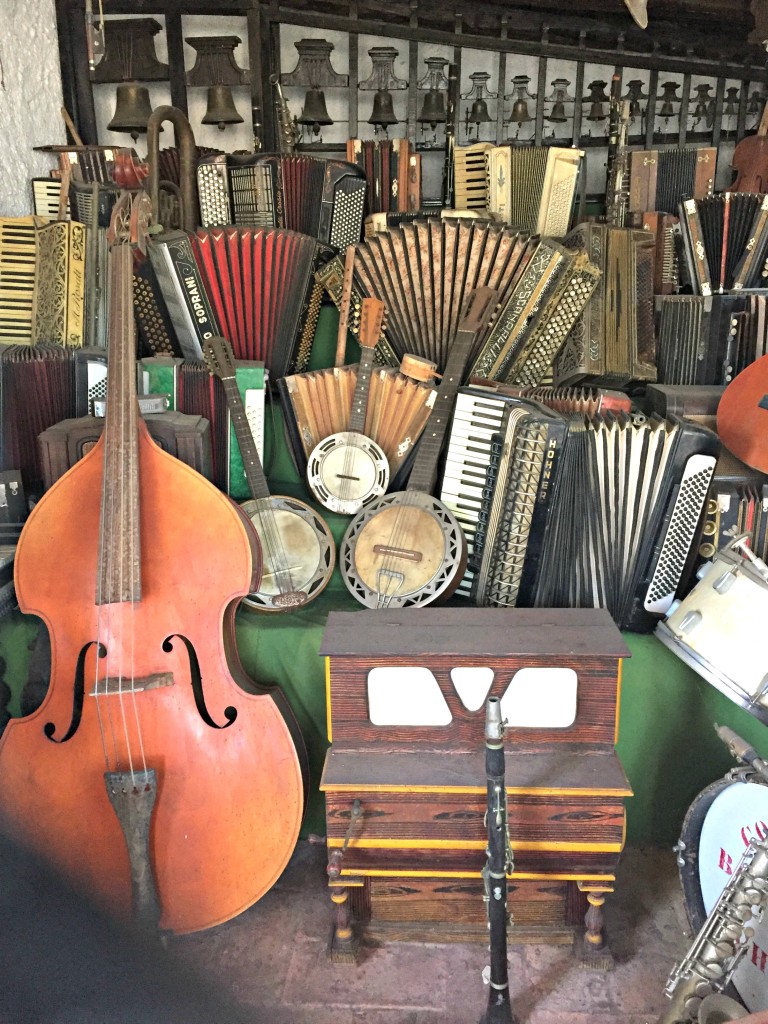 And typical Portuguese musical instruments (Margaret’s photo)
And typical Portuguese musical instruments (Margaret’s photo)
For a souvenir, visit the ceramic handicraft shop with traditional and locally-made pottery.
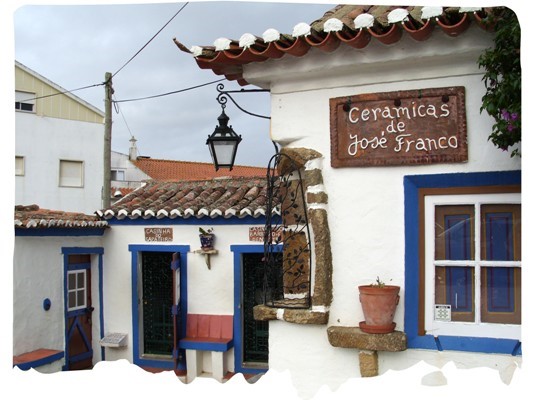 Jose Franco’s ceramics (Photo credit)
Jose Franco’s ceramics (Photo credit)
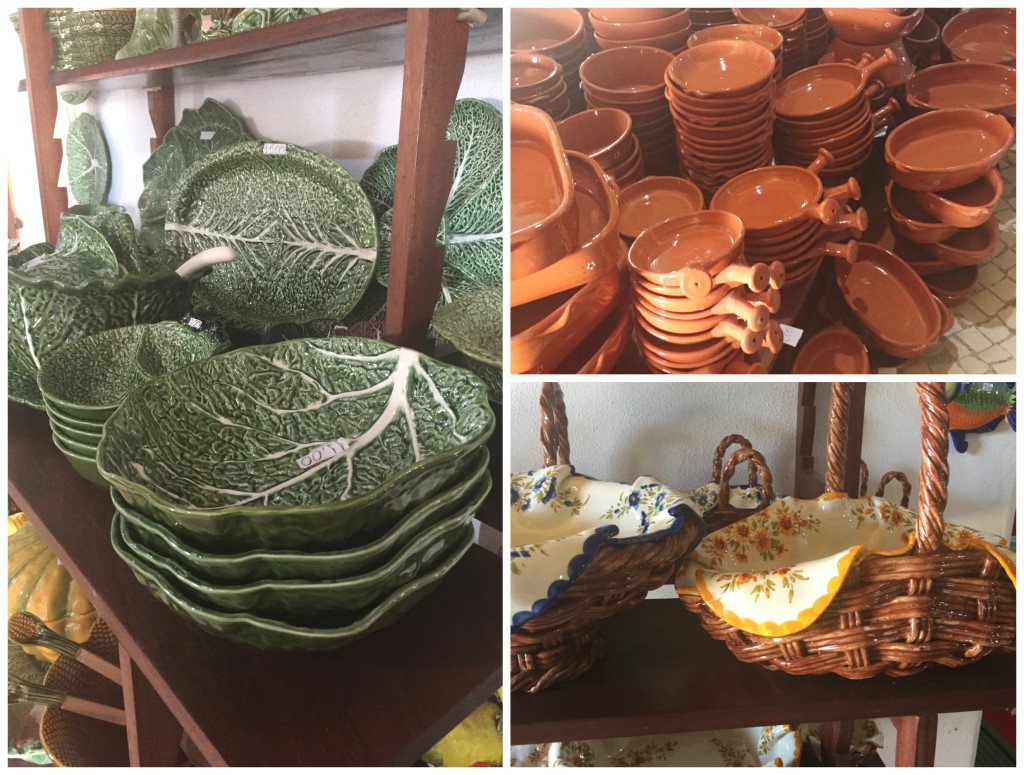 A small peek at what’s available to buy (Margaret’s photos)
A small peek at what’s available to buy (Margaret’s photos)
There are also moving structures powered by water, a delight for all family members.
Miniature water mill to grind corn. Margaret’s favourite (Photo credit)
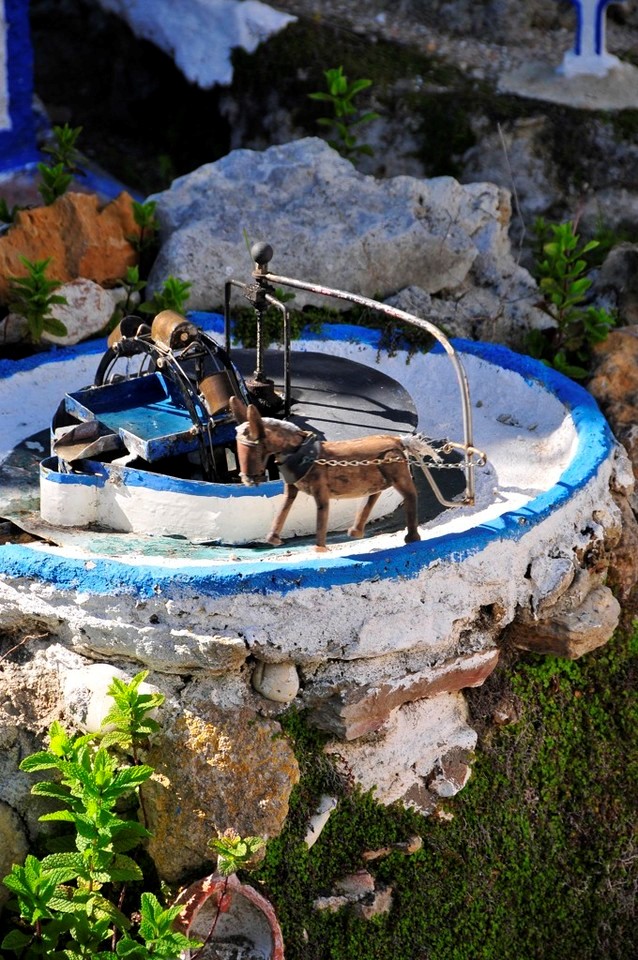 The craftsmanship is beautiful (Photo credit)
The craftsmanship is beautiful (Photo credit)
More recently a third area has been built with a castle wall where families can walk freely and children can play in a playground.
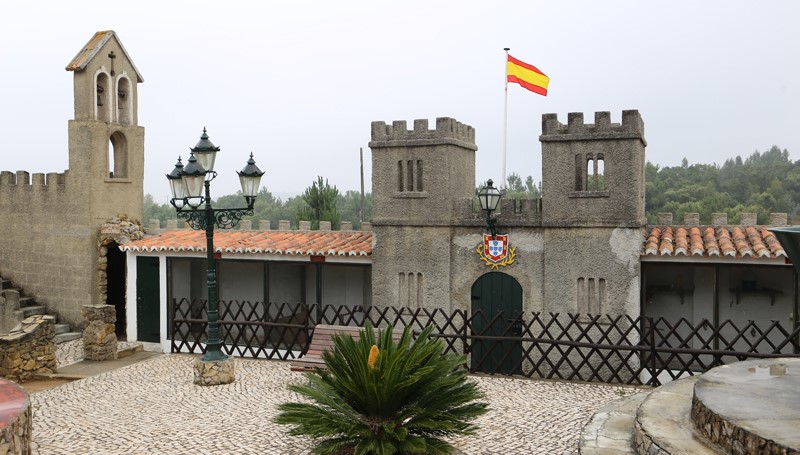 Every magical place has to have a castle (Photo credit)
Every magical place has to have a castle (Photo credit)
On-site there is a small restaurant that serves typical dishes of the region. For lunch Margaret had “pao com chourico” (sausage bread).
Please visit Here for information on hotels, restaurants and things to do.
Thanks for coming by,
